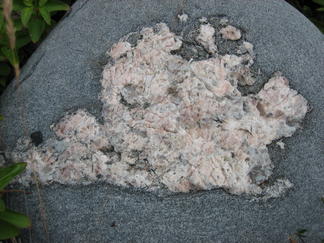Guest commentary by Spencer R. Weart, American Institute of Physics
I often get emails from scientifically trained people who are looking for a straightforward calculation of the global warming that greenhouse gas emissions will bring. What are the physics equations and data on gases that predict just how far the temperature will rise? A natural question, when public expositions of the greenhouse effect usually present it as a matter of elementary physics. These people, typically senior engineers, get suspicious when experts seem to evade their question. Some try to work out the answer themselves (Lord Monckton for example) and complain that the experts dismiss their beautiful logic.
The engineers’ demand that the case for dangerous global warming be proved with a page or so of equations does sound reasonable, and it has a long history. The history reveals how the nature of the climate system inevitably betrays a lover of simple answers.
[Read more…] about Simple Question, Simple Answer… Not
 The
The
 We often
We often